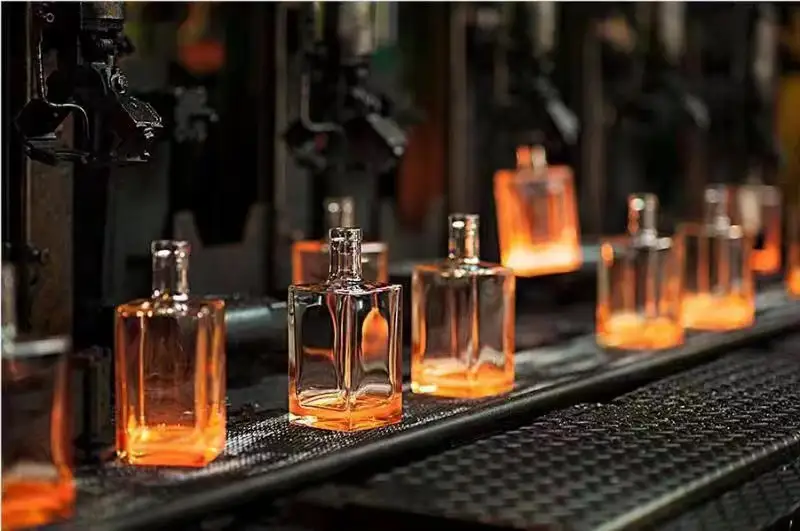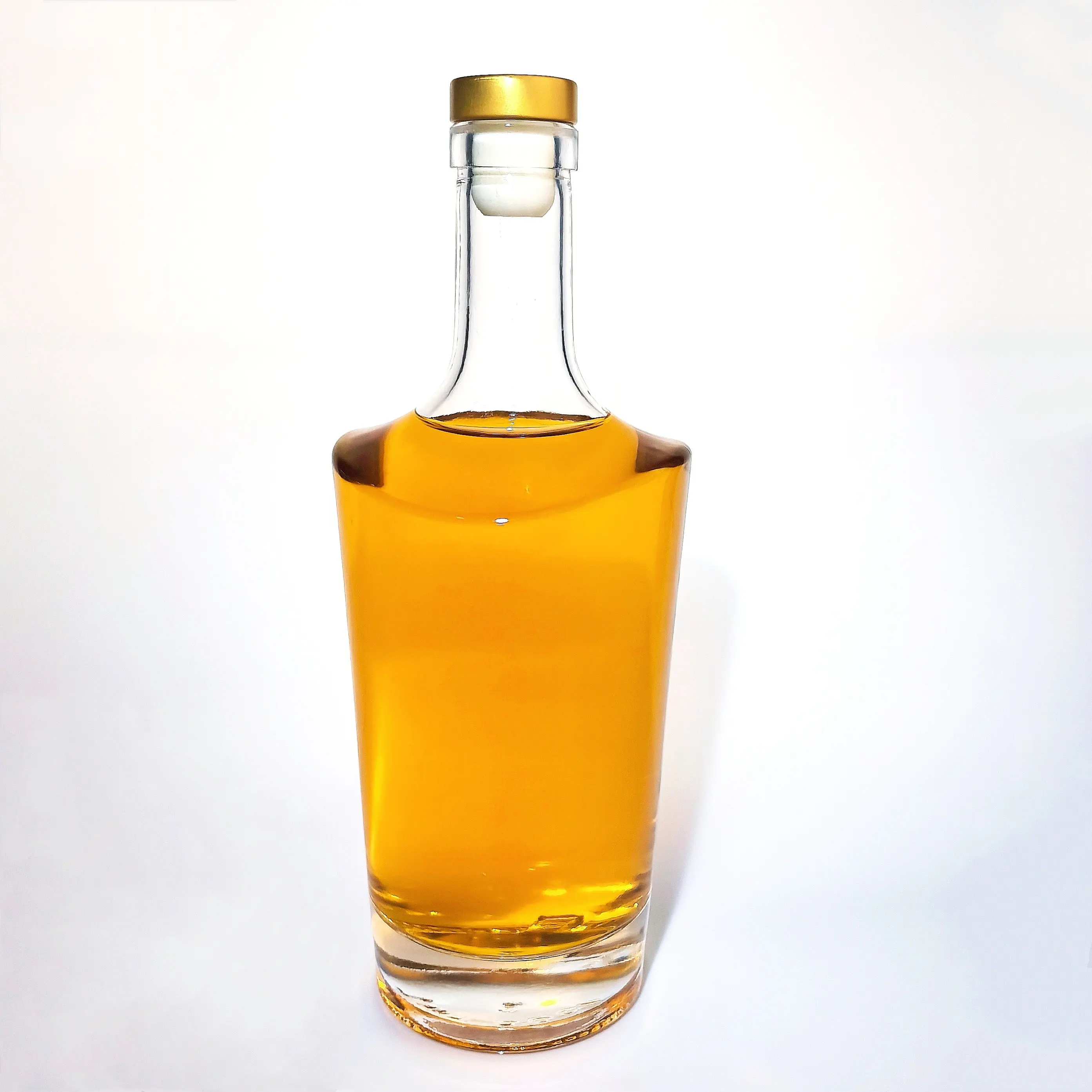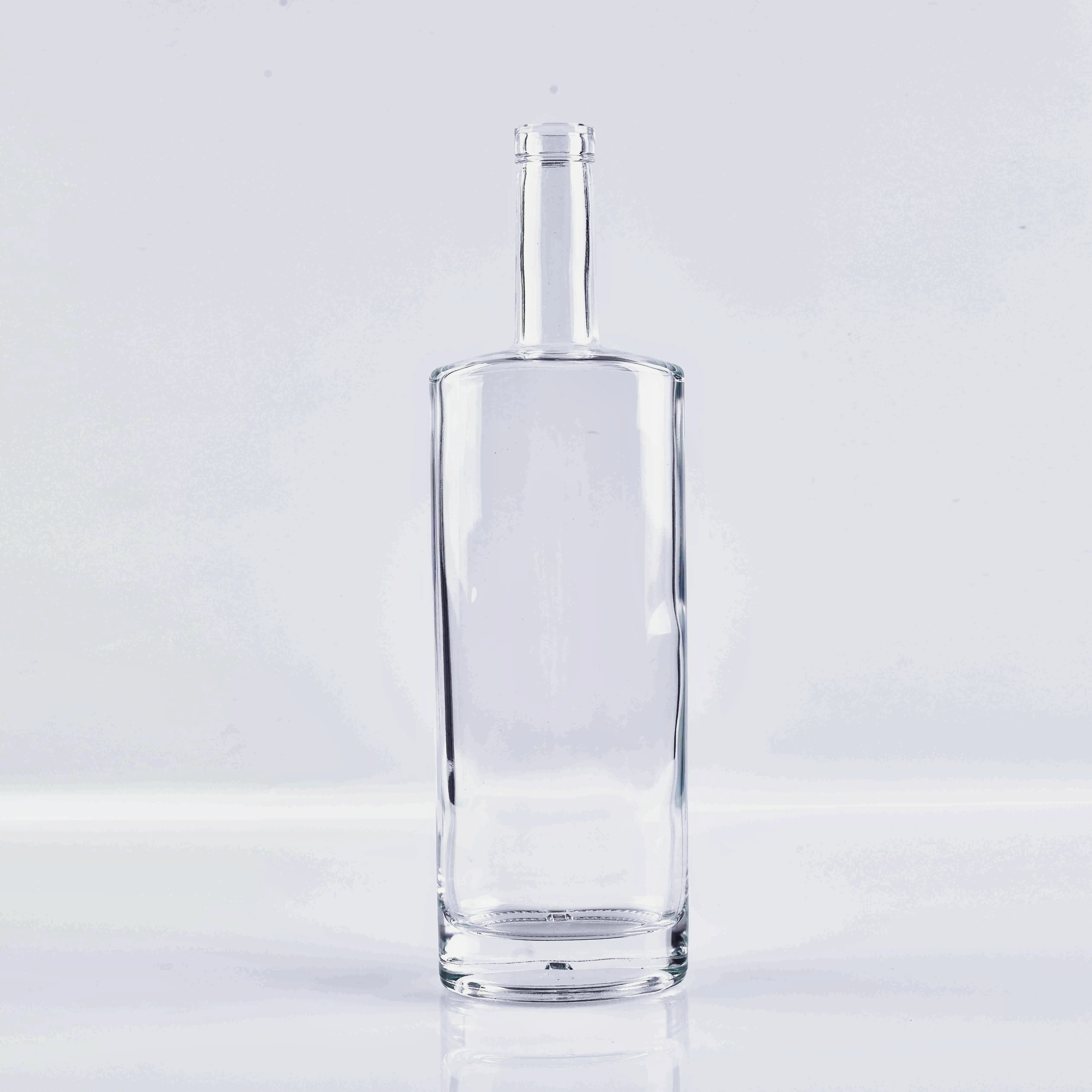How to find the right glass bottle supplier in Australia?

How to Find the Right Glass Bottle Supplier in Australia
Finding the right glass bottle supplier in Australia is a common yet crucial task for businesses, particularly for wineries, food processors, cosmetic companies, and other industries requiring substantial packaging containers. Choosing the appropriate supplier not only ensures product quality but can significantly impact your operational costs. Below is an analysis of two main procurement approaches and their respective advantages.
1. Small Quantity Orders: Local Distributors
If you require fewer glass bottles than a 20-foot container load (typically about 10,000 700ml bottles), local Australian distributors may be the more suitable option.
Advantages:
Lower Minimum Order Quantity: Local distributors typically don't enforce strict minimums and can accommodate small orders
Faster Delivery: No international shipping wait times
No Customs Procedures: Avoids import duties and clearance complexities
Easier Communication: No language or cultural barriers
Disadvantages:
Higher Prices: Australian-made glass bottles typically cost 30-50% more than imports
Limited Customization: Most distributors only carry standard specifications
Inventory Constraints: Selection limited to distributor stock
2. Large Quantity Orders: Importing from China
When your order exceeds a 20-foot container (approximately 10,000 700ml bottles), importing from China usually offers significant cost advantages.
Key Benefits:
Price Competitiveness: Chinese glass bottles typically cost 20-40% less than Australian products
Customization Flexibility: Chinese factories commonly accept custom orders for unique shapes, colors, thicknesses, and logos
Reliable Quality: Many Chinese manufacturers hold international certifications meeting Australian standards
One-Stop Service: Some suppliers provide end-to-end logistics solutions
Considerations:
Minimum Order Requirements: Typically one container load
Lead Times: Includes production and shipping time (usually 4-6 weeks)
Import Procedures: Requires handling tariffs, GST, and customs clearance
Quality Control: Recommended to conduct factory audits or request samples
3. How to Choose the Best Solution
Assess Your Needs: Calculate annual or quarterly usage volumes
Consider Product Specifications: Standard items locally, custom needs from China
Cost Comparison: Compare local unit prices with total import costs
Timing Factors: Urgent needs locally, planned orders from China
Build Long-Term Relationships: Negotiate ongoing agreements
For most Australian businesses, a hybrid procurement strategy proves most effective: importing standard products from China for bulk needs while maintaining local distributors for emergency supplies. As business grows, transitioning to direct imports typically delivers maximum cost savings and supply chain stability.



